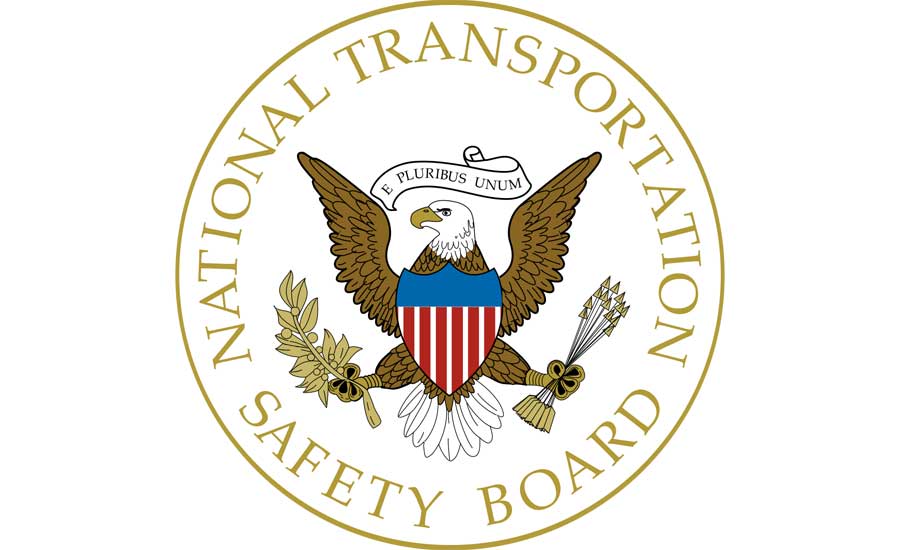BNSF train spills 230K gallons of crude oil into river

Excessive rainfall that washed out a portion of the track was one of the factors in a June 22, 2018 train accident that released more than a quarter of a million gallons of crude oil into the Little Rock River, according to the National Transportation Safety Board (NTSB).
An update released by the agency on its investigation into the Lyon County, Iowa derailment – which prompted the evacuation of 18-20 people from the area – does not name a cause.
The NTSB has determined that the BNSF Railway (BNSF) freight train was not speeding when the train encountered the emergency brake application. A total of 10 tank cars were breached, releasing about 230,000 gallons of crude oil. The area received 5 to 7 inches of rain during the 48 hours prior to the accident, washing out track and flooding a tributary of the Little Rock River and farm fields adjacent to the derailment location.
A unified command consisting of BNSF, U.S. Environmental Protection Agency, Iowa Department of Natural Resources, and Lyon County, Iowa, was established to mitigate and recover the released crude oil.
ConocoPhillips Canada Marketing & Trading ULC originated the shipment from the Hardesty Terminal at Rosyth, Alberta, Canada, and its destination was the ConocoPhillips Company in Houston, Texas. The hazardous material released in this accident was identified as Surmont Mix A, a heavy crude oil and diluent mixture that exhibited an American Petroleum Institute (API) gravity of 19.9, initial boiling point of 115.0℉, flash point of -31℉, and vapor pressure of 4.7 psi. While these characteristics would have placed the material in Packing Group II (flash point less than 73℉ and initial boiling point greater than 95℉), the shipper classified the material as Hazard Class 3, Packing Group I (highest degree of danger).
NTSB investigators have completed their on-scene work in Doon, Iowa, where tank car wreckage was staged after the accident. Additional investigative work to examine parts removed from one of the tank cars is planned at the agency’s laboratories in Washington D.C.
Looking for a reprint of this article?
From high-res PDFs to custom plaques, order your copy today!





.jpg?t=1721257160)